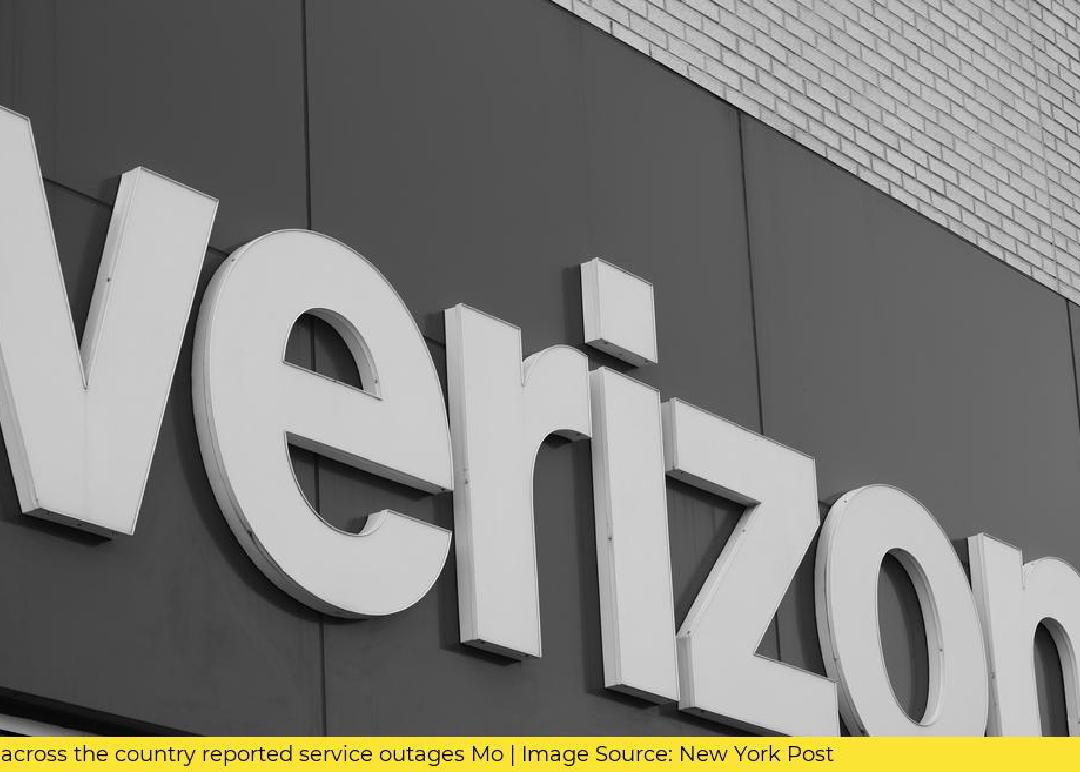How to Handle Service Outages: A Guide for Insurance Executives
As an insurance executive, you know that unexpected events can happen at any time. One such event occurred recently when thousands of Verizon users reported service outages across the country. According to a report by the New York Post, the outages were mostly affecting users on the East Coast, including New York, as well as the Midwest. The issue was caused by a technical glitch that left phones stuck in SOS mode, leaving users unable to make calls or access the internet.
As an insurance executive, it’s important to be prepared for such events. In this guide, we’ll provide you with a step-by-step process for handling service outages.
Step 1: Identify the Issue
The first step in handling a service outage is to identify the issue. In the case of the Verizon outage, the company was quick to acknowledge the problem and issue a statement. As an insurance executive, it’s important to have a system in place for monitoring service outages and identifying the cause of the issue.
Step 2: Communicate with Customers
Once you’ve identified the issue, the next step is to communicate with your customers. In the case of the Verizon outage, frustrated cell users turned to social media to report that their phones were stuck in SOS mode. As an insurance executive, it’s important to have a system in place for communicating with customers during service outages. This could include sending out email or text message alerts, updating your website with information about the outage, and providing a customer service hotline for users to call.
Step 3: Provide Alternative Solutions
During a service outage, it’s important to provide alternative solutions for your customers. In the case of the Verizon outage, the only other option for users was to manually turn on their Wi-Fi calling, which allows for calls and text messages only when the phone is connected to a Wi-Fi network. As an insurance executive, it’s important to have alternative solutions in place for your customers, such as offering temporary coverage or providing access to alternative services.
Step 4: Evaluate the Impact
After the service outage has been resolved, it’s important to evaluate the impact. This could include analyzing the number of customers affected, the duration of the outage, and the financial impact on your business. As an insurance executive, it’s important to have a system in place for evaluating the impact of service outages and making any necessary adjustments to your policies and procedures.
Step 5: Consider Parametric Insurance
Finally, it’s worth considering parametric insurance as a way to protect your business from the financial impact of service outages. Parametric insurance is a type of insurance that pays out when a specific event occurs, such as a service outage. With Riskwolf, you can turn real-time data into insurance. Using unique real-time data and dynamic risk modelling, we enable insurers to build and operate parametric insurance at scale. Simple. Reliable. Fast.
In conclusion, service outages can happen at any time, and it’s important for insurance executives to be prepared. By following these steps and considering parametric insurance, you can protect your business and provide peace of mind to your customers. To learn more about how Riskwolf can help you build and operate parametric insurance, visit our website or get in touch with us today.
Source: Thousands of Verizon users report service outage as phones are stuck in SOS mode
